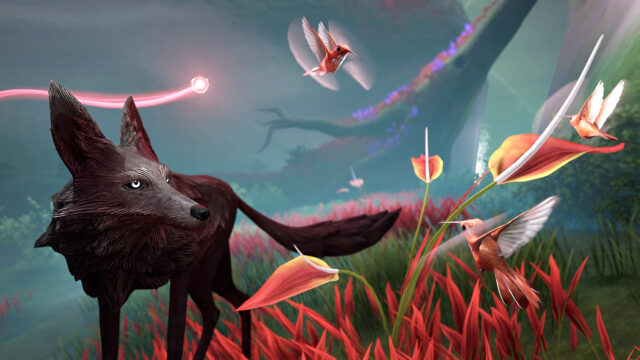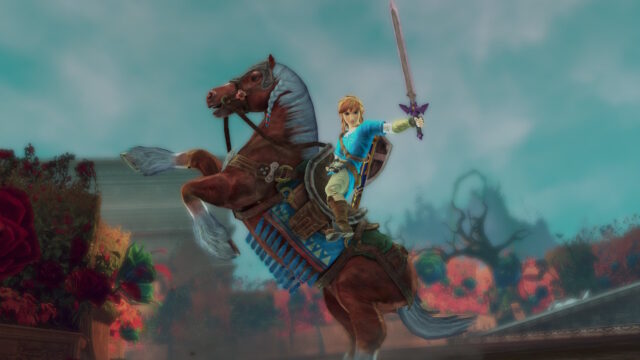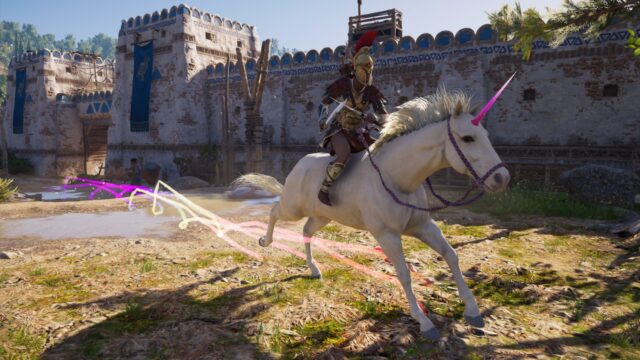Apocalypse Not Today: Wasteland 3
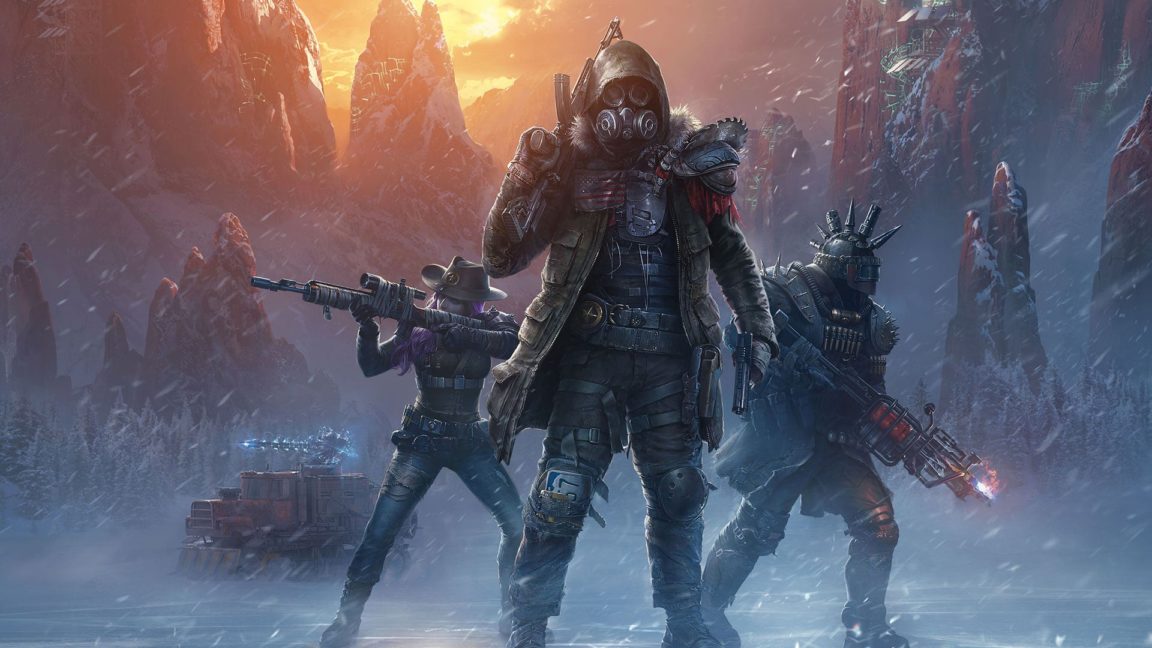
The Rangers of the Arizona desert in snowy Colorado, a civilization that carves out a place for itself in the harsh post-apocalypse with fangs and claws, a world where there is no black and white morality – only shades of gray, big guns solving big problems. Sound familiar? Against this backdrop, the imaginary Big Iron by Marty Robbins starts playing:
“To the town of Agua Fria rode a stranger one fine day
Hardly spoke to folks around him, didn’t have too much to say
No one dared to ask his business, no one dared to make a slip
The stranger there among them had a big iron on his hip!
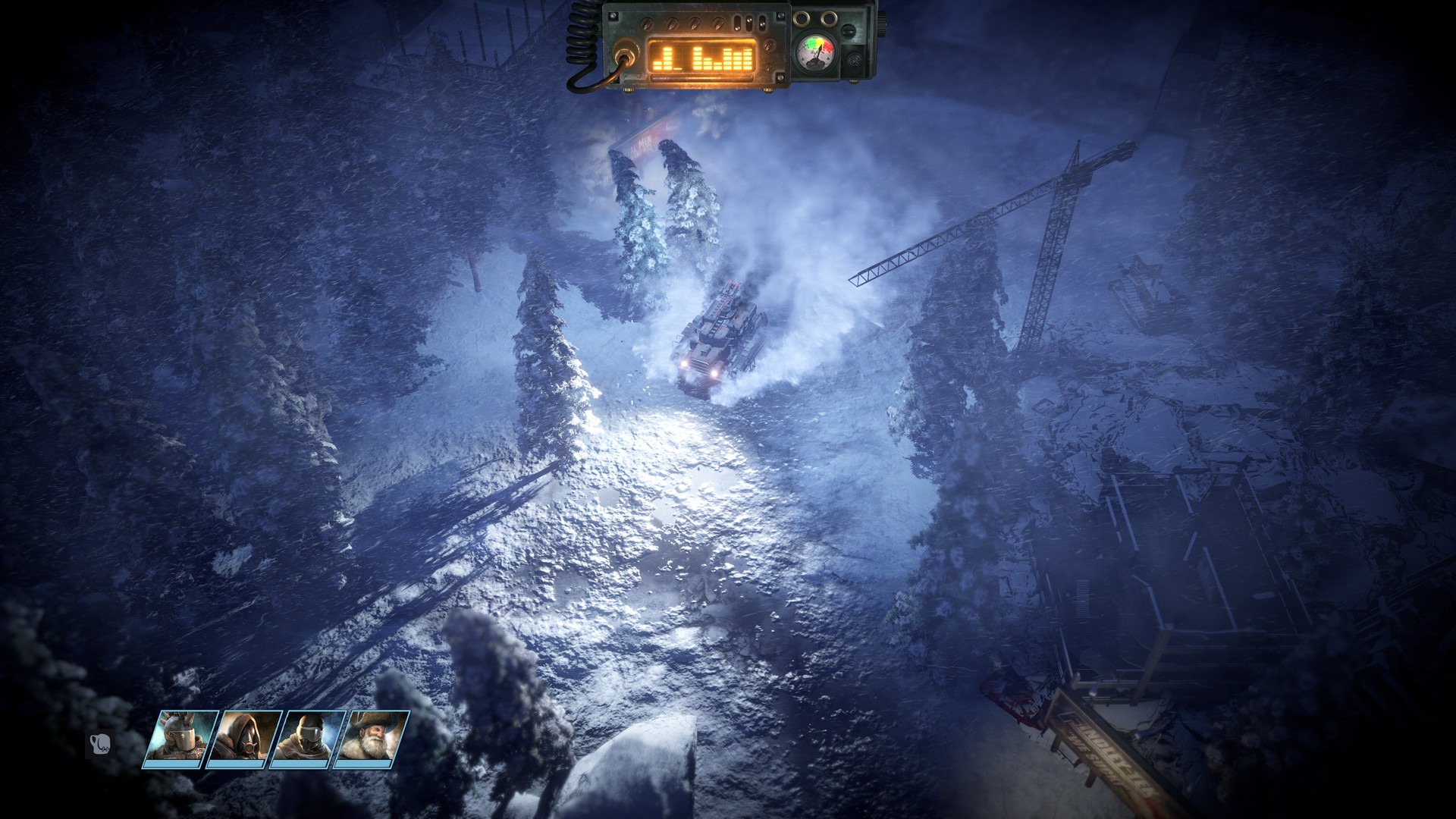
I confess: I also haven’t played the previous games in the Wasteland series. So, I only imagined what awaits me based on articles and videos, hoping that my experience playing the Fallout series would help… at least a little… in the old Chryslus Highwayman. And indeed, thanks to the developers, the story is understandable without immersing myself in the twists and turns of the first two parts.
Our organization – the Rangers – going through tough times, turns to the Patriarch, who rules in the neighboring cold state of Colorado, for help. He has enough resources to support us, but in return, he asks for a favor: we need to neutralize and bring back home – alive! – his rebellious children. The children, of course, are no longer children, but very much adults, and they persistently cherish dreams of overthrowing their dear old dad from the throne. Those whom the Patriarch can trust, he doesn’t let go of himself, and those whom he doesn’t fully trust, the lovely heirs can recruit… interested and honest mercenaries from the outside are the best choice. However, just before arriving in Colorado, the Rangers are attacked by local bandits, the Dorsey family, and out of fifty people, only three (and an optional combat cat) survive at best. We’ll have to build a base from scratch, recruit volunteers on a paid and unpaid basis, understand local politics, establish diplomacy, fix toasters… Why toasters? You’ll find out during the game.
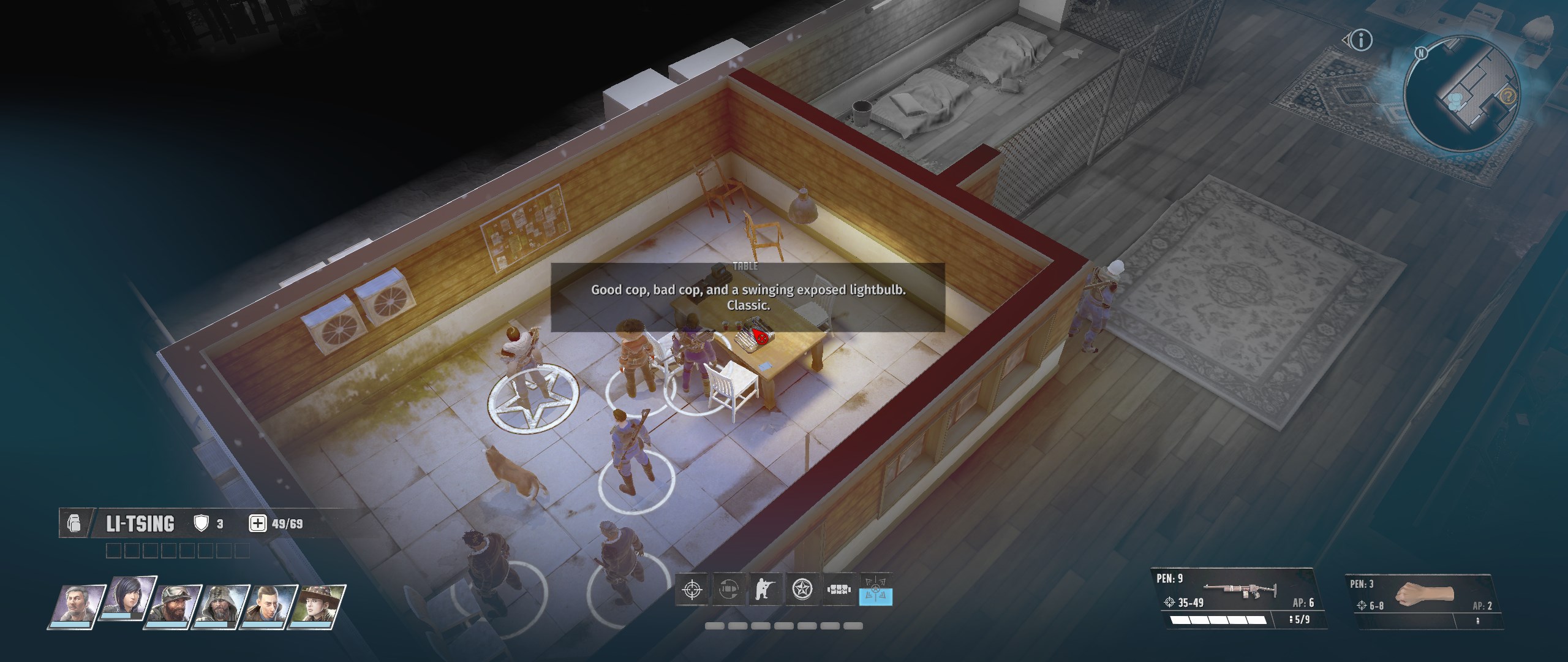
Two out of these three comrades (the cat doesn’t count) are our main heroes, by the way. It’s atypical: we create not just one hero, but a pair right away. There are several pre-made teams (lovers, including non-traditional ones; teacher and student; father and daughter), and of course, there is the possibility to generate your own dream team. The main thing is to focus on a narrow specialization. A Jack-of-all-trades in Wasteland will lose as soon as they step onto the snowy threshold; professionals in their field rule here, so choose two, well, maybe three skills and level them up to the maximum.
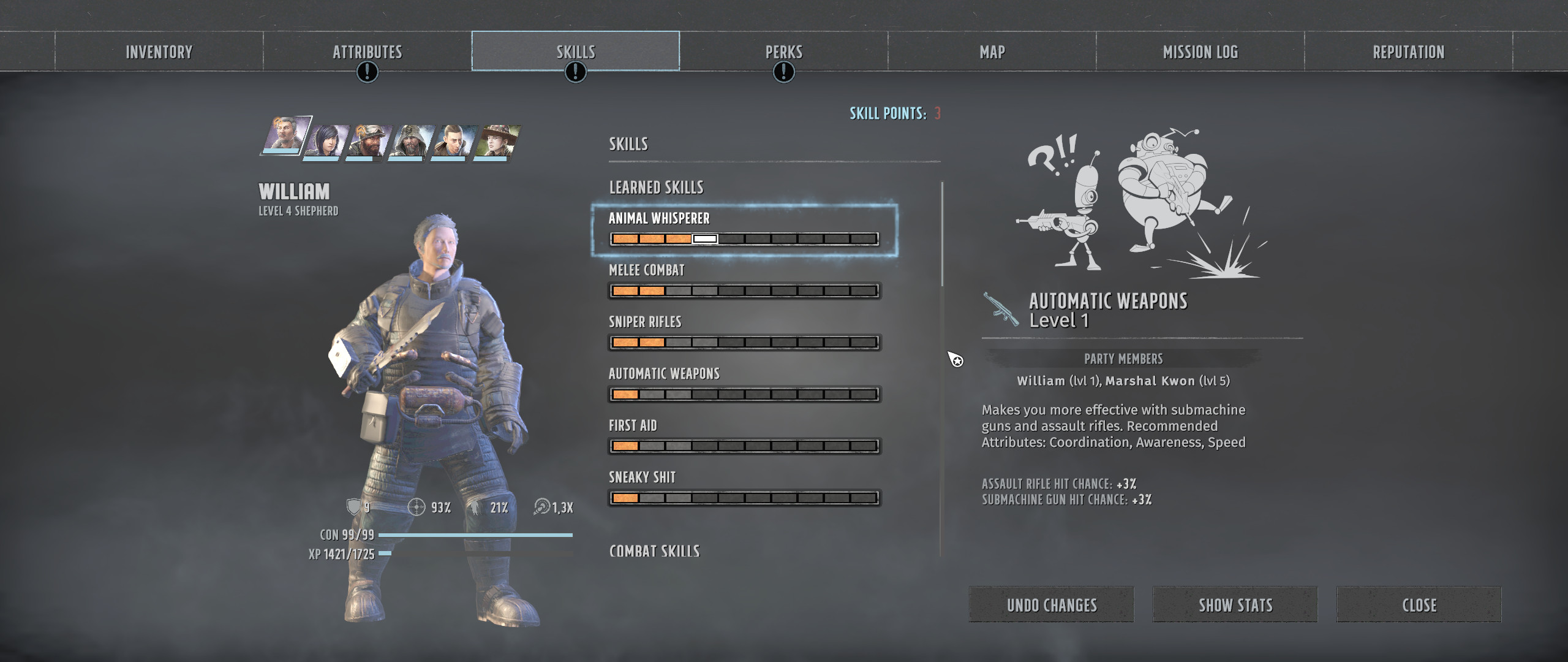
However, these are all details, trivialities, Lego pieces that do not add up to a general impression, right? And the general impression… is strange. It seems like everything is in place: tactical battles, post-apocalyptic setting, a local kind of black and sarcastic humor (yellow snowballs! frozen ferret corpses that can be used as ammunition for a specific gun! an incomparable history museum with animatronics and a plucked cyber-eagle! crazy clowns! Ronald Railgan!). It seems so. But if you dig deeper, it all crumbles like that same snow, revealing a slightly rusty remains of a once thriving robot guard.
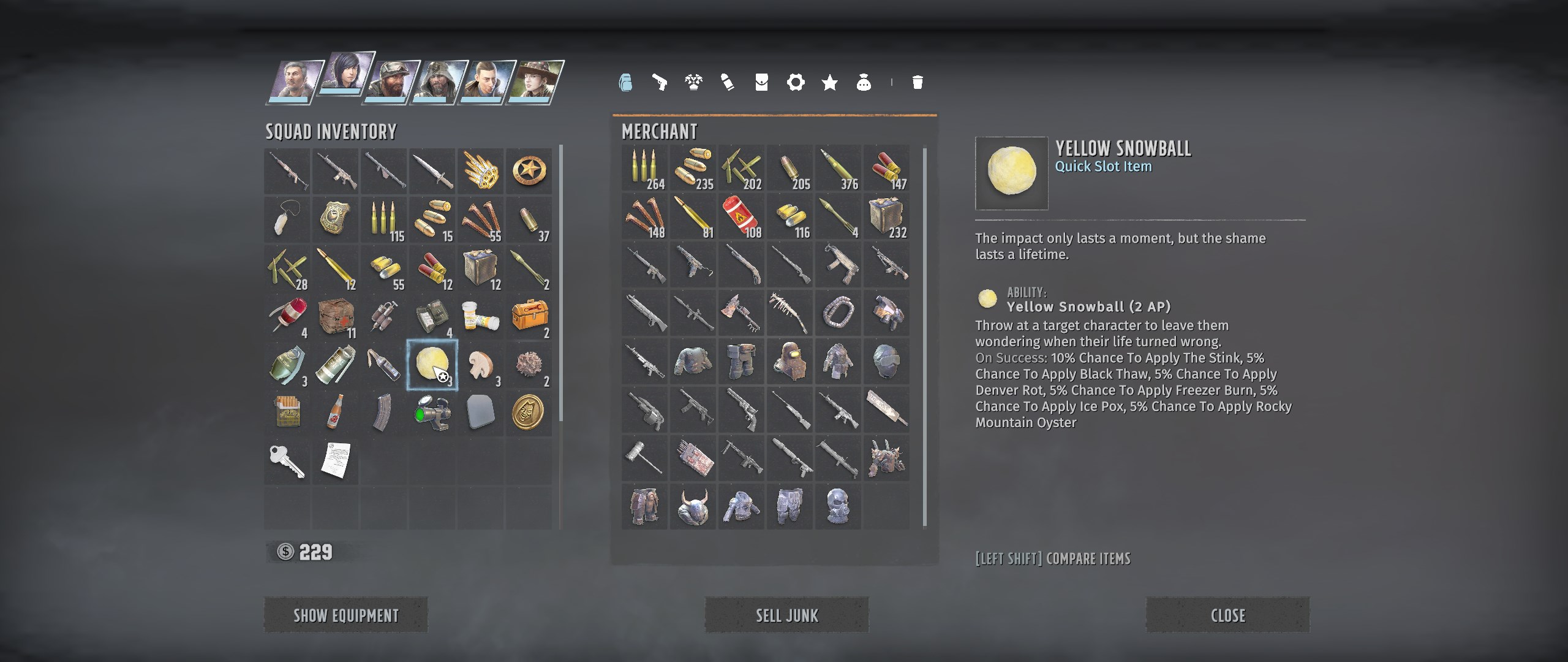
Unfortunately, the game lacks what we love so much about Fallout and RPGs in general: role-playing and immersion. The dialogue options feel purely mechanical, with less emotion than when installing Windows; additionally, you can’t rewind the dialogue if you want to reread something. Our characters, even the pre-generated ones, have no personality or interactions – they’re like two plastic figurines. Of course, it’s usually our job to fill the hero with personality and, if you will, “soul,” but it’s much easier to do that when there’s only one hero. With two characters, you expect at least some… dialogues? Moments? Especially if they’re presented to us as a couple in love or as a child and parent. Of course, we’ve had to generate a whole party of silent adventurers before, in games like Icewind Dale, let’s honor its memory with a minute of burying an axe in an ice goblin’s carcass, but that was, to put it bluntly, a long time ago, and such experiments have somewhat gone out of fashion. Now we would like to see living and interesting characters, since we’re wandering the wastelands with them side by side. But even the mercenaries have no personality. The only characters with any personality are the quest-related ones who join us, and even then, there’s very little, and we can’t even have a proper conversation with them outside of the mission. Most of the people we meet along the way have basic names like “Refugee No. 11” (without a number, even) and only say one sentence if you poke them – with a stick or the barrel of a gun. The world feels… unfinished. Not empty, no, but like a rough sketch instead of a complete picture. It’s as if they started creating it but abandoned it halfway.
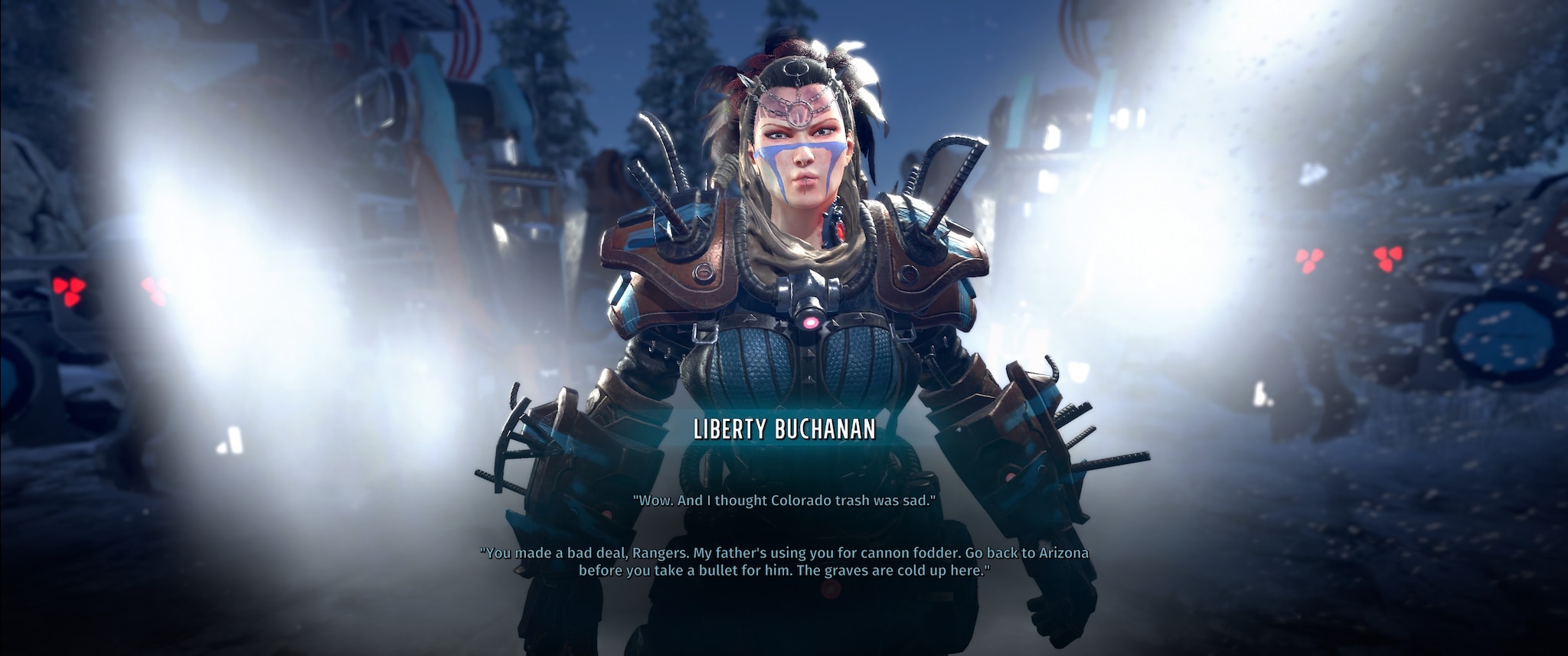
The plot itself starts abruptly and doesn’t give much time to feel the atmosphere of the situation: five minutes after the start of the game, the Rangers are burdened with the Moral Duty. No, it doesn’t force us to act like Lawful Good, our obligations are solely to our own organization, but it wouldn’t hurt to have some kind of introduction that makes us feel these obligations. The same goes for all the quests: there’s a lack of details, descriptions, emotions, and nuances; it’s all just “go there, kill them.” Or don’t kill them, it doesn’t matter, but there’s no time to experience this moral dilemma.
The combat seems interesting. At first. But it ultimately boils down to briskly traveling from cover to cover, shooting, ducking, and repeating.
Perhaps if I hadn’t just finished playing Divinity 2: Original Sin right before starting Wasteland 3, I would have been more lenient towards the game? I don’t know. But the thing is, everything that Wasteland has, Divinity 2: Original Sin has already implemented, and it’s implemented much better. The higher ground mechanics (while Wasteland’s arenas are mostly flat), the barrels with various oils and explosives scattered across the battlefield – in Divinity, you can turn the entire battlefield into a poisonous swamp or make it burn with sacred healing fire! Sure, there may not be as many cover options, but they’re not really necessary. In Wasteland, constantly jumping from one overturned truck to another may seem original at first, but it inevitably becomes tedious. Divinity allows you to easily control the vast battlefield using numerous skills (teleportation, nether swap, wing growth, thief jumps for dozens of meters), moving your fighters and even enemies around like chess pieces, giving you immense freedom of action. Here, it’s just jump, take cover, shoot, rinse and repeat. Of course, over time, some variety appears, and the possibilities expand slightly (grenades, combat turrets, tamed creatures), but it’s impossible to feel like a tactics master, like in Divinity (or, for example, in Fire Emblem).

In Wasteland 3, there is, of course, its own charm. Its own style. These beautiful frozen wastelands – that’s what we were missing in Fallout! These simple methods of execution, “tie the criminal to a pole without clothes and leave them at the mercy of the night purge”, this ice under spiked tires, crimson blood on white snowdrifts, breath turning into vapor, icicles forming on eyelashes. Colorado is gripped by the claws of eternal winter, and the people living here are fighting for survival not only against each other but also against nature – it’s noticeable. The characters we meet along the way are visually very colorful, although it’s obvious that they were created with more emphasis on satire than deep personality. In addition, the game has wonderful voice acting – one Patriarch with his deep and well-placed voice is worth mentioning. The music is usually unnoticeable, but at the right moments, it cuts through the freezing air with beautiful chords and vocals. And the amusing local radio! And how fun it is to drive a car, illuminating the predatory night darkness with headlights! In general, there are many advantages.
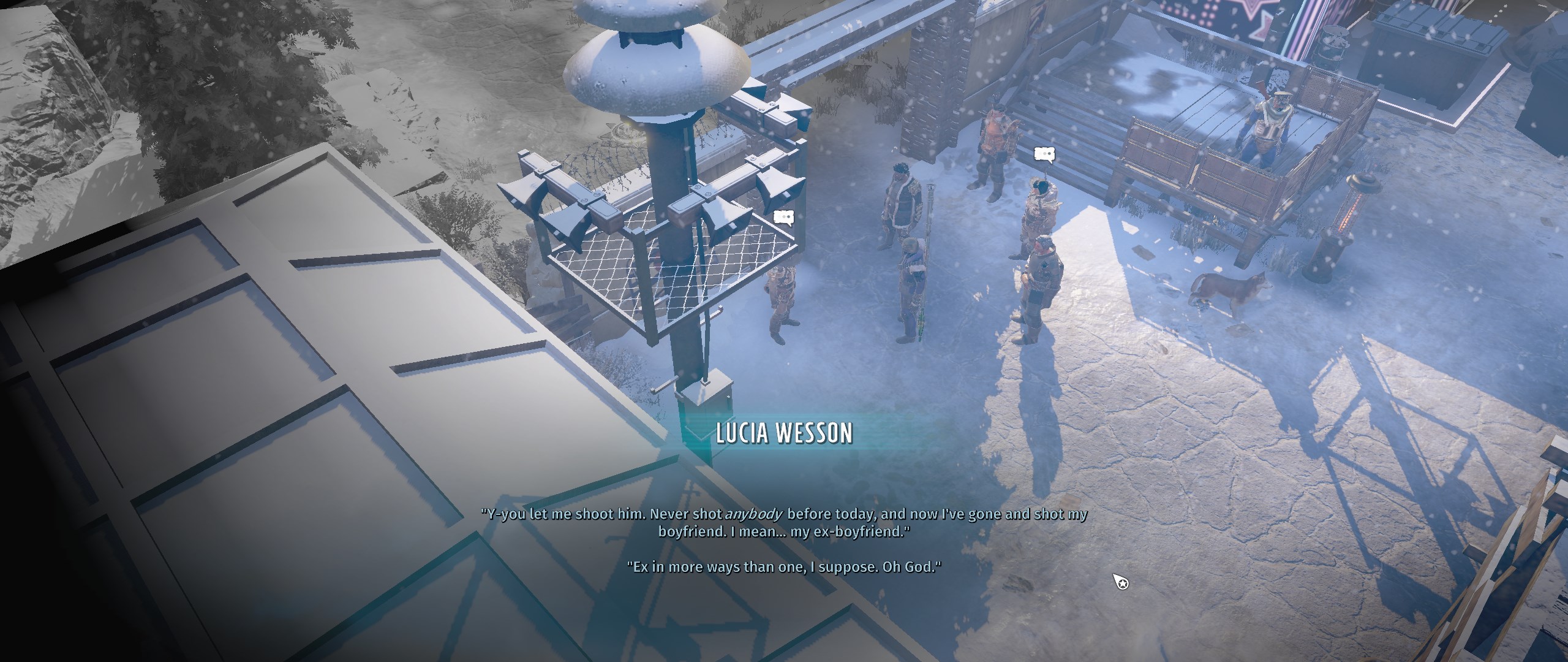
Unfortunately, all of this does not outweigh the feeling of “incompleteness” of the game. In every sense, both in terms of gameplay mechanics and in terms of world-building and lore, if you will; the tabletop version of Wasteland 3 would work well as a short and fun module, but for a computer game that lasts 60+ hours (and with a AAA price tag), we can expect more.
And also, the last but not the least – bugs. They are abundant. It seems that nowadays no game is released without bugs, the question is only about the quantity. And in Wasteland 3, the quantity is quite significant, to say the least. The loading time for any location is so long that you can go to the kitchen for coffee, then for a sandwich, feed the entire cheese from the sandwich to the cat, and slice some more sausages in the process. The finally loaded location will lag horribly – and this is considering that it’s a post-apocalyptic winter and there are only four colors in this winter: white, gray, black, and some indistinctly murky color, so what is there to strain the FPS? The save system is very glitchy: if you managed to save, you’re lucky, if you managed to load the desired save from a pile of identical ones (you can’t give a unique name to a save, and saves periodically try to overwrite themselves), you’re lucky twice. Autosaves don’t help and can crash completely. The camera occasionally thinks it’s Gagarin and tries to launch into space, bullets pass through walls, including concrete ones. The controls are inconvenient: your squad doesn’t know how to follow the leader, you constantly have to press space to select the whole gang and not leave anyone bored in some shabby alley. And the co-op is completely broken; I personally haven’t tested this point, but numerous reviews and forum posts confirm it. Patch 1.1.0, released on September 4th, was supposed to fix some things. Supposed to. In reality, no changes have been noticed.

Should you buy it? If you’re craving post-apocalyptic vibes, then you can, but not right now, definitely not right now. Wait a couple of months until the main patches are released. And if you’re patient, it’s better to wait another six months to a year for the Director’s Cut to come out. As for the rest, I would recommend waiting for Baldur’s Gate 3 or replaying the first three parts of Fallout, plus New Vegas. Classics never disappoint. And if you want something original, there are several quite unconventional post-apocalyptic projects announced for release in 2020. For example, Eastward.
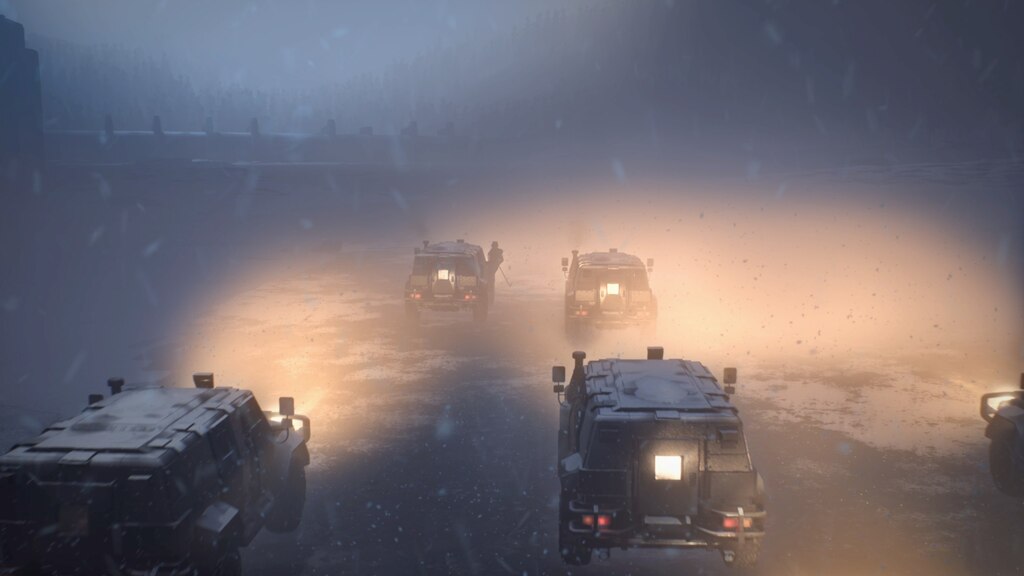
P.S. Why do we still need to fix toasters? They work like containers with rare loot: fix them – get cool stuff. It’s a small thing, but enjoyable.
Share
Discuss
More Reviews


